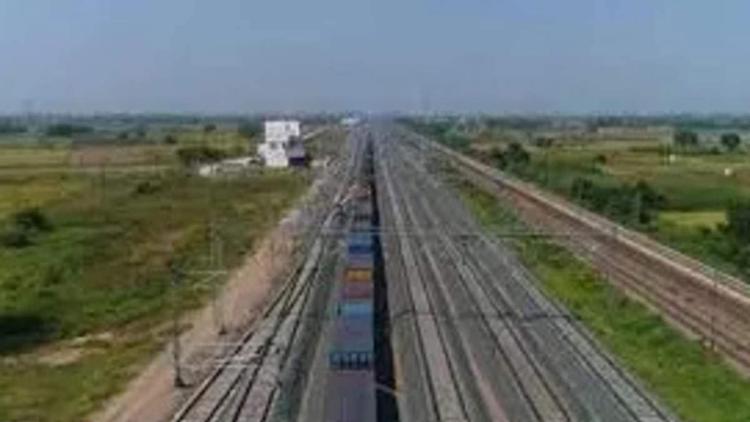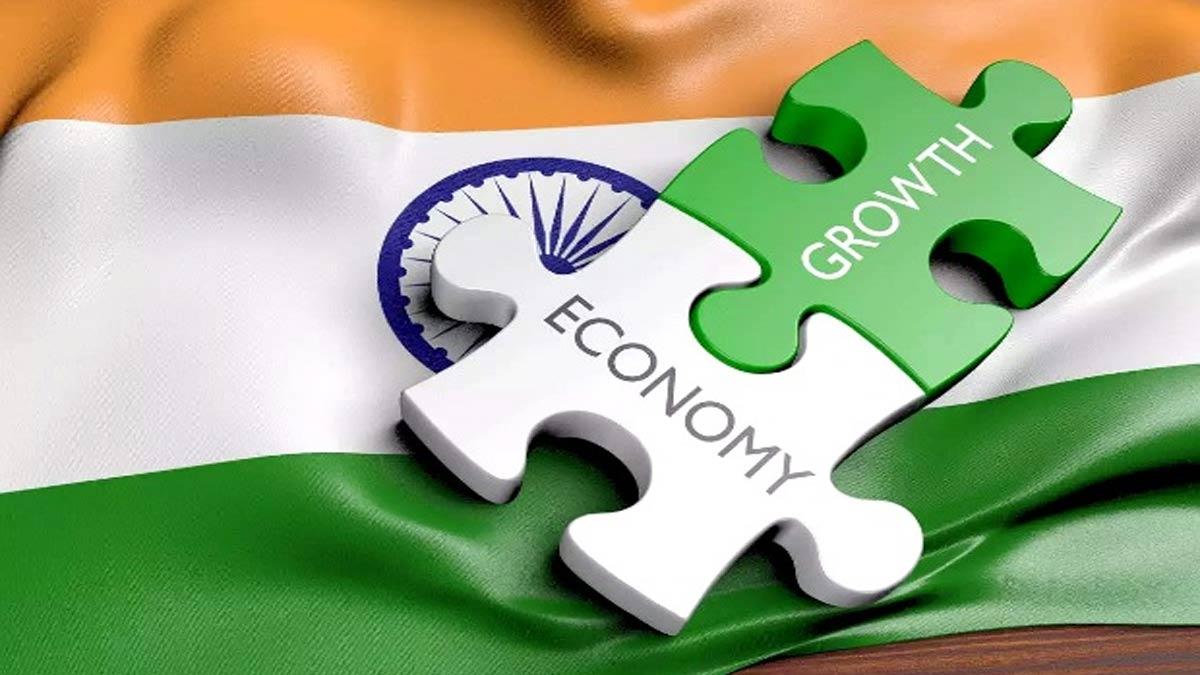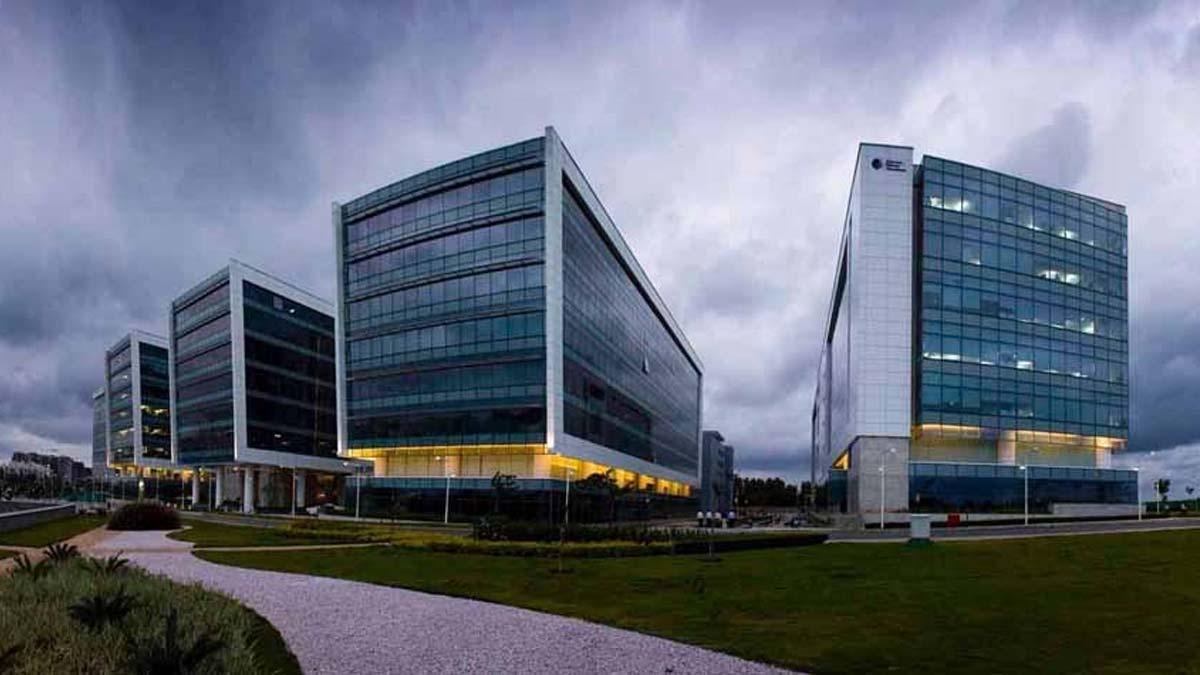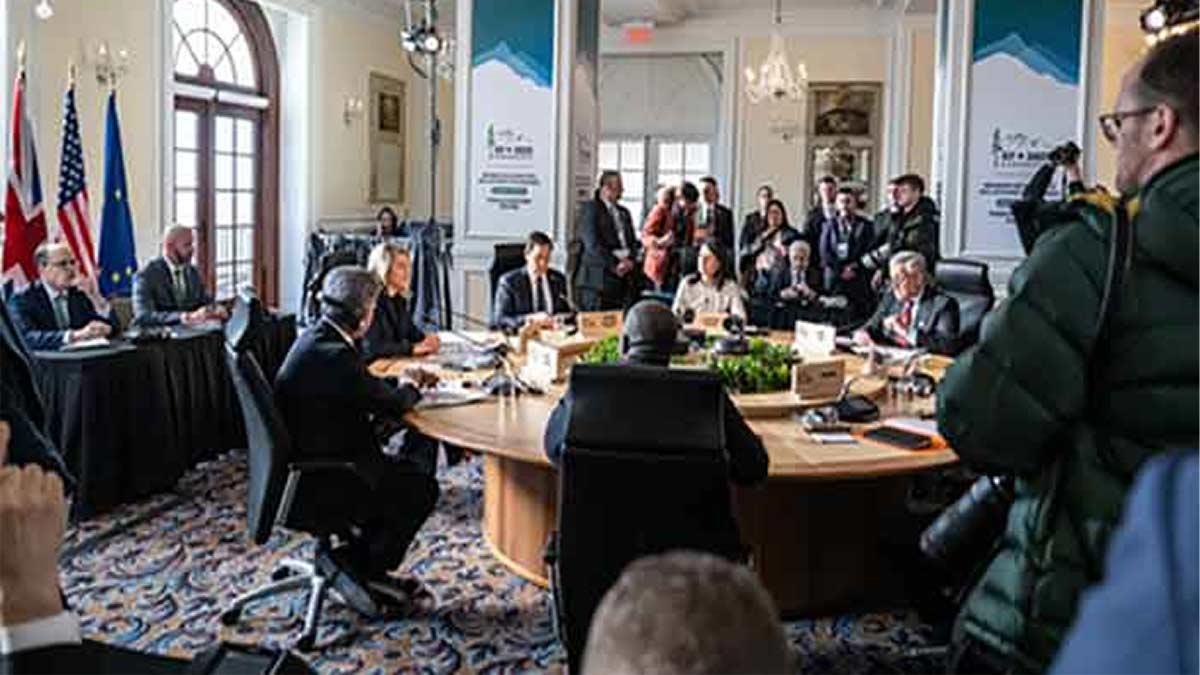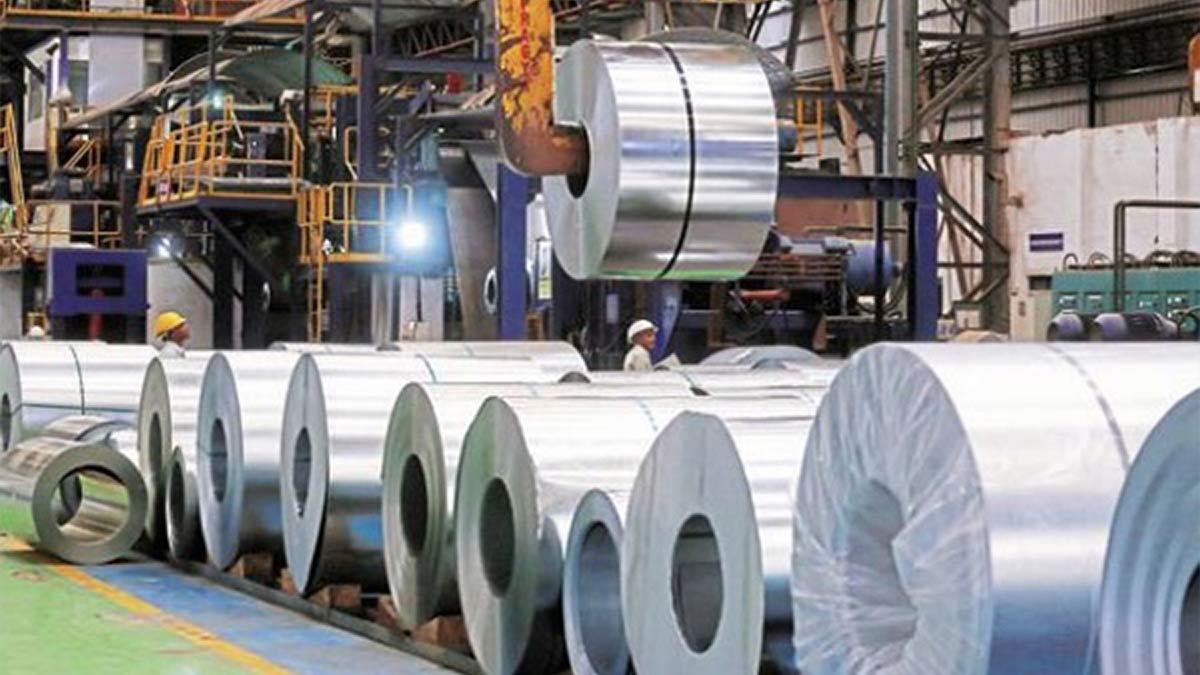The recently completed Eastern Dedicated Freight Corridor (EDFC) and the impending finish of the Western Dedicated Freight Corridor (WDFC) stand poised as potential game-changers for India's economy.
These corridors are anticipated to revolutionize the movement of long-distance goods traffic for the Indian Railways, easing congestion on tracks used for passenger trains. Simultaneously, they will alleviate pressure on highways along the bustling Delhi-Howrah and Delhi-Mumbai routes by shifting more goods traffic from roadways to railways.
Beginning in 2014 under the Narendra Modi government, these projects have witnessed substantial investment, totaling around Rs 1.24 lakh crore. This hefty funding aims to modernize the nation's infrastructure, spurring economic growth.
The EDFC, stretching 1,337 km from Ludhiana in Punjab to Sonnagar in Bihar, traverses the coal-rich belts of Jharkhand and West Bengal. It has been fully operational since November 1, facilitating commercial traffic.
A substantial segment, approximately 1176 km of the 1506 km WDFC linking Jawaharlal Nehru Port in Navi Mumbai to Dadri near Delhi, has been constructed, with the remaining section nearing completion.
Dedicated freight corridors offer an impressive average speed of 50-60 kmph, nearly three times faster than regular railway tracks where goods trains often halt or slow down for passing passenger trains.
Presently, sections of the EDFC host 140 trains, with the capacity to accommodate up to 250 trains daily. Completion of the EDFC has significantly reduced travel time from Sonanagar to Delhi, slashing it from 35-50 hours to 18-20 hours.
These freight corridors are poised to reduce India's high logistics costs from 13-15% of the GDP to a more globally aligned 8%. Moreover, each kilometer-long freight train on the EDFC is expected to replace an average of 72 trucks, easing congestion on the country's overloaded roads responsible for carrying 60% of India's freight.
The eastern corridor, connecting coal fields of Jharkhand and West Bengal to Northern India's power plants, has expedited coal supply, reducing transportation time and logistics expenses. This efficient transportation has boosted the power sector's effectiveness, mitigating large blackouts caused by delayed coal stocks. Additionally, the movement of essential goods like iron and steel has become swifter.
Commissioning this segment has not only alleviated pressure on the Delhi-Howrah main line but also streamlined train operations, introducing more passenger train services.
Furthermore, these corridors are catalysts for broader economic development. Areas near New Kanpur Junction will witness the emergence of a multimodal logistics park, fostering efficient cargo transportation and generating employment opportunities in agriculture, food processing, MSMEs, and handicrafts.
Similarly, the western corridor is set to bolster economic growth, granting faster connectivity to the northern and western hinterlands with the Jawaharlal Nehru Port in Navi Mumbai, enhancing India's global industrial competitiveness.
(With Agency Inputs)
ALSO READ | India's Metro Network Set to Surpass the US, Becoming the World's Second Largest
ALSO READ | redRail by redBus Unveils India's Top Punctual Trains of 2023

